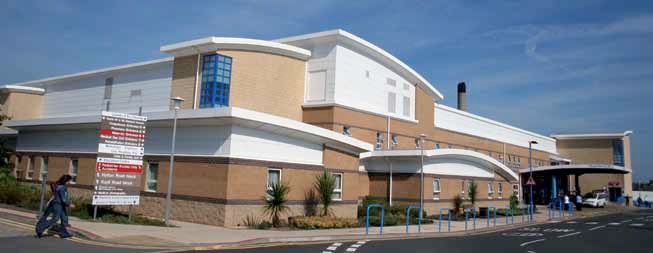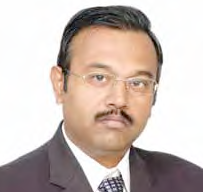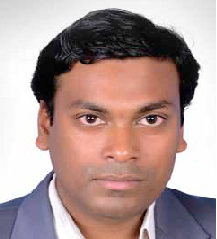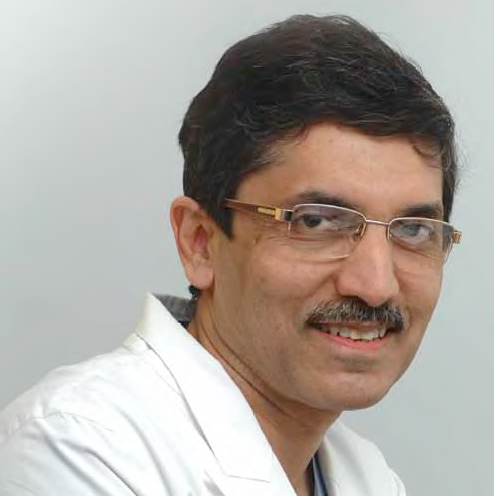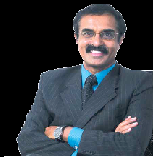
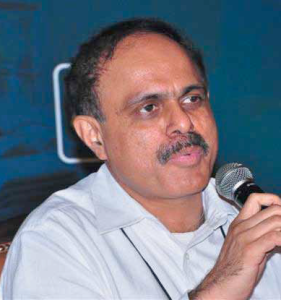
Dr Arun Panda,
Joint Secretary, Ministry of Health

Introduced during the seminar, Harnessing Medical Technology for Inclusive Healthcare in India in June this year in New Delhi, the new Bill which will replace the Drugs and Cosmetic Bill 2007, will have a separate chapter on medical devices and the same will soon be put up before the cabinet. Dr Arun Panda, Joint Secretary, Ministry of Health, talks about the Governments plan of putting the Bill forward. In conversation with Ekta Srivastava, ENN
What is the new bill is all about that is going to replace the Drugs and Cosmetic (Amendment) Bill?
The new Bill is a more comprehensive one as compared to the pending one since 2007. It would take care of the suggestions of the Parliamentary Standing Committee with respect to the 2007 Bill. It would also take care of the objections of the stakeholders to the provisions of the 2007 Bill.
What is the Governments plan of action to regulate medicaldevices which are used in an unregulated manner?
The selected and critical categories of medical devices are already regulated effectively under the present provisions of the Act and rules were being made there under. The new Bill also has an exclusive chapter on regulatory provisions for medical devices.

How will the new Bill regulating the medical equipment industry bifurcate it from drug manufacturing?
The medical devices are presentlyconsidered as drugs and hence regulated by the same regulatory provisions as those for drugs. The new Bill would bring them out of the definition of drugs and there would be separate and exclusive regulatory provisions for medical devices.
Most of the devices are still imported and very expensive; will this Bill bring some relief to domestic medical industry?
Pricing aspects do not fall within the purview of the Drugs & Cosmetics Act, 1940.
How is the government planning to strengthen its regulatory body-Central Drugs Standard Control Organisation (CDSCO)?
Strengthening CDSCO is a continuous and ongoing process. CDSCO has a sanctioned strength of 584 staff, including 264 staff of Central Drug Testing Laboratories. It has also engaged 250 contractual staff for the last several years to assist it in performance of its increased work load. The Ministry is continuously engaged in strengthening the organisation. In the first phase, 216 posts have been created during 2008-09 and the labs were provided sophisticated new testing equipments. Now 165 more posts have been recently created. It has been proposed to create additional posts in the CDSCO. There is an outlay of `1800 crore for strengthening CDSCO during the 12th Five Year Plan.
Medical devices are presentlyconsidered as drugs and henceregulated by the same regulatoryprovisions as those for drugs
Any plans of Government to lower the healthcare cost of the people, which is a major challenge today?
Bringing the healthcare costs of the people down is one of the top-most agenda items of the Government. The Government has continuously been taking measures for promoting generic drugs which are much affordable as compared to branded drugs. The Ministry has published a National List of Essential Medicines (NLEM), 2011, the objective of which is that the drugs included in it are adequate to meet the common contemporary health needs of the general population of the country. It is the generalobligation of the health administrators to ensure abundant availability of these drugs in the country.
The primary purpose of NLEM is to promote rational use of medicines considering the three important aspects i.e. cost, safety and efficacy. Furthermore, it promotes prescription by generic names. The NLEM is revised and updated from time to time in the context of contemporary knowledge of use of therapeutic products. The NLEM, 2011 consists of 348 medicines belonging to 27 therapeutic categories such as antineoplastic, anti-cancer, immunological, anti infective cardiovascular, ophthalmological preparations, diuretics, anti-allergic etc. After publishing the NLEM, 2011, the Ministry requested the Department of Pharmaceuticals to bring all drugs in NLEM, 2011 under the price control regime of Drugs Price Control Order (DPCO). The new DPCO, 2013 has already come into effect, which brings the 348 essential drugs in NLEM 2011 under price control.
| In the 12th five yearplan, Governmentof India hasallocated ` 1800crore to extendfinancial supportson procuringtechnically qualifiedmanpower andestablishing morelaboratories,training academies,diagnostic labs, andcapacity building |
How do you think the Government can take help of technology in improving Indias healthcare industry?
Increasing investment in healthcare technologies, especially through research and innovations for drug development and discovery, bringing new and more sophisticated technologies into the country, etc will definitely change the face of healthcare industry in time to come. Government has taken suitable measures in this regard to facilitate FDI in Pharma Sector.
Be a part of Elets Collaborative Initiatives. Join Us for Upcoming Events and explore business opportunities. Like us on Facebook , connect with us on LinkedIn and follow us on Twitter , Instagram.


